Nikon Z 6II review
A set of mini-increments make the Z 6II the affordable all-rounder full-frame mirrorless camera to beat

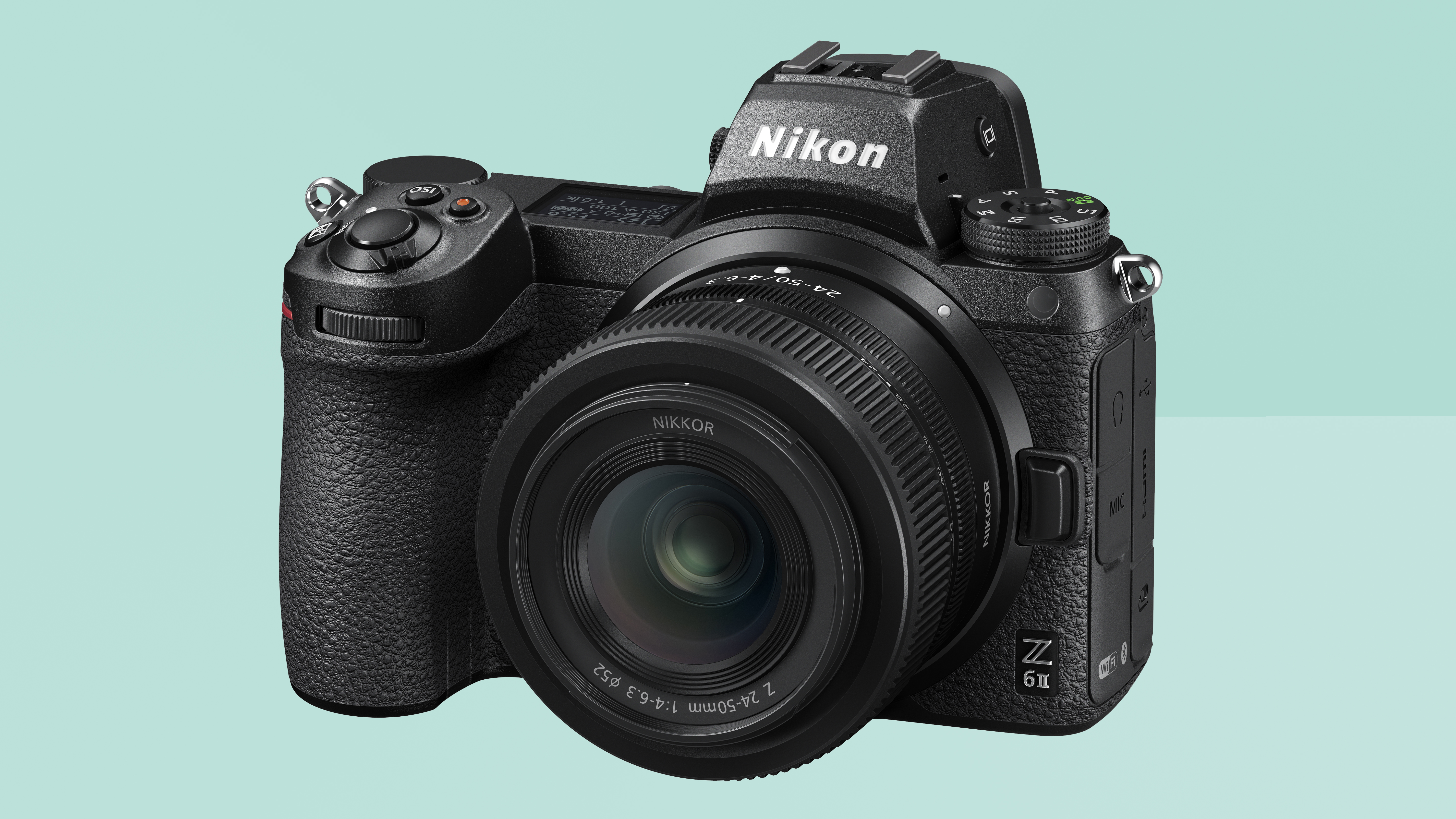
Nikon won over a lot of fans with its original Z6. A nicely designed body, a good all-rounder which is well-suited to a variety of subjects, and an affordable price. Nikon sticks closely to that idea for the Z6’s successor, with the Z 6II including a number of welcome upgrades for a refresh that is worthy of your attention. For many though, sticking with the Z6 will be better for their wallets.
-
+
Double card slots
-
+
Great value
-
+
Great handling
-
-
Screen doesn’t articulate
-
-
Better tracking focus available elsewhere
-
-
Only a light refresh of the original Z6
Why you can trust T3
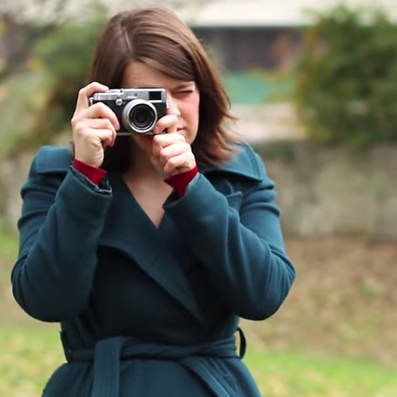
For its latest duo of mirrorless full-framers, Nikon hasn’t gone all out with wild updates, instead producing modest refreshes that seek to enhance and refine the existing offering, while still appealing to anybody who liked the originals in the first place.
The Nikon Z 6II is the cheaper of the two models, being the more-affordable and more well-rounded model to its more-expensive sibling, the Z 7II. Nikon has decided to keep both the Z6 and the Z7 in its line-up, so there’s no reason why if the upgrades available don't float your boat, you couldn’t save cash and go for one of the older duo.
That said, the Z6 II is available at a great price for the kit you get. At under £2000, you get a full-frame mirrorless model which can handle a wide variety of situations, both photographically and for video, all in a body which is great to use.
Let’s see what it’s got going for it…
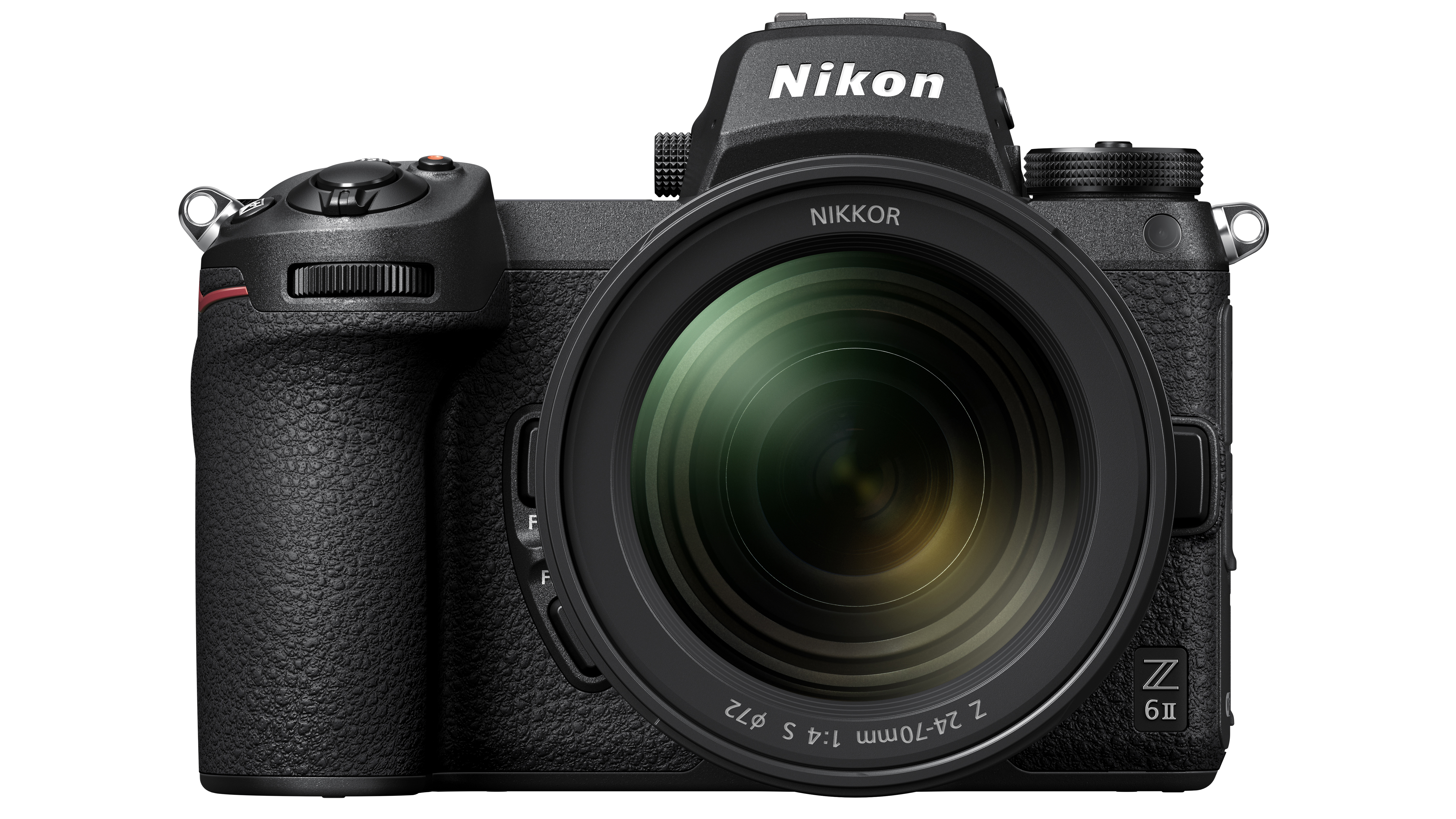
Nikon Z 6II Review: Design and Handling
For the Z 6II, Nikon has used an almost identical body to the original Z6, with the only exception being the slight reworking to include an additional memory card slot. This adds just 25g to the weight of the body, so it’s not something you’re likely to take much notice of. If you’re already using a Z6 (or a Z7), then you can switch between any of the models with complete ease. Deciding to stick with the same body design was a wise one, as it was one of the best things about the Z series - a comfy grip, good set of buttons with plenty of spacing on the body, and a good degree of customisation all make the Z series very nice cameras to use.
Almost all of the Z 6II’s buttons and dials are grouped together on the right hand side of the camera, making changes with your thumb and forefinger very easy and comfortable to do. A pair of dials at the front and rear of the grip sit very naturally to control aperture and shutter speed (depending on the shooting mode you’re in). Also on the grip you’ll find direct access buttons for settings such as ISO, video recording and exposure compensation. Head into the main menu and you’ll be able to change the setup of many of the camera’s buttons, so if there’s a particular setting you use often (or not at all), you can configure it exactly how you want it.
Also on the top of the camera is the top-plate LCD, which is a good way to quickly see the settings you’ve got activated. There’s also other useful information, such as battery life and memory card space remaining too.
Move to the back of the camera and again there’s a good set of buttons, as well as a multi-directional joystick which can be used for setting the AF point, moving through menus and so on. It falls under your thumb while shooting through the viewfinder for making quick and easy changes. Just underneath the joystick is an “I” button, which when pushed brings up a quick menu with an array of commonly-used settings. Again, you can change those displayed here to suit your own shooting styles as necessary.
Nikon has kept the same viewfinder and screen set up as the original Z6, which again is not a bad thing as these are good performers. While the 0.5-inch, 3960k-dot OLED viewfinder is no-longer class-leading, for the price point of the Z 6II, it’s a very good specification, offering a clear and bright view of the scene without noticeable lag. Meanwhile, the 3.2-inch, 2100k-dot touch-sensitive screen is also great to use, with the tilting mechanism being useful for slightly awkward compositions. Videographers and selfie-lovers might be disappointed that it doesn’t face forward though, where it becomes less useful.
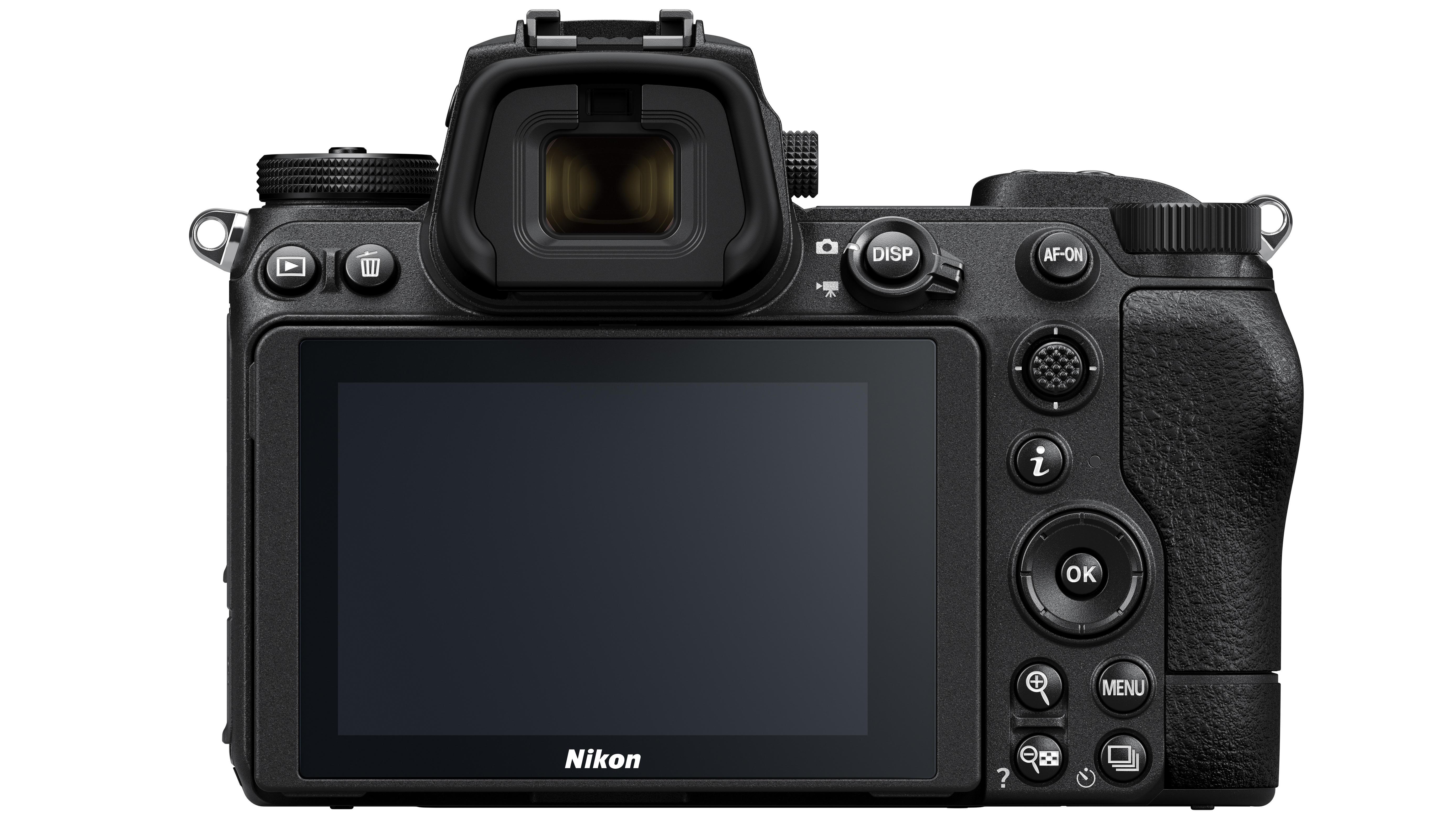
Nikon Z 6II Review: Features
As with the Z 7II, most of the changes to the Z 6II come internally, while many of the key - and best - features remain the same as with the original Z6.
The same 24.5 megapixel full-frame sensor as before is found here, which we already know to be a solid performer from our review of the original. However, there’s now two Expeed 6 processors (rather than one), which helps to bring a range of other improvements.
For sports and action photographers, you can now shoot at a more useful 14fps (vs 12fps before). While this is not on a par with the level offered by the likes of the Sony A1, it is worth remembering that this is a much cheaper camera and should serve the needs of most enthusiasts. There’s also a better buffer (than the Z6), meaning the speed at which the camera clears so you can keep shooting for longer bursts. Autofocusing has also been boosted by the addition of Animal Detection AF and improvements to tracking performance, albeit via the same 273-point system as seen on the Nikon Z6.
By adding a second memory card slot, Nikon directly addresses some of the strongest criticisms of the original Z series. The second slot is an SD (UHS-II compatible) slot, as compared to the much larger XQD / CF Express primary slot. This is good news for enthusiasts who already have a pile of SD cards ready to go, and also means you don’t necessarily need to rush out to buy an expensive XQD / CF Express card and reader to begin using the camera. You can use the second slot for a number of functions - backup is the obvious one for those recording particularly precious moments, but it can also be used for overflow (when the card in your first slot runs out), or to record a different format from the first slot (video instead of stills, for example).
As before, the Z 6II offers 4K video recording. At the time of launch, 60p recording was only available for the Z 7II, but a firmware update to also enable it for the Z 6II is expected any day now. It’s worth noting that 4K 60p applies a 1.5x crop to your video, so you’ll need to shoot in 30p if you want to take advantage of the whole frame.
If you buy the Z 6 II as part of a kit, it’s likely that the 24-70mm f/4 lens will come with it. This is a fantastic walk around lens, with a neatly compact construction that makes the Z6 II a very travel-friendly option. If you have any existing Nikon DSLR lenses, you can also purchase a Z-mount adapter to allow you to carry those over to the mirrorless camera. That said, there’s an ever-growing stable of native Z mount lenses, which now includes some fantastic options and a much broader range than at the launch of the series.
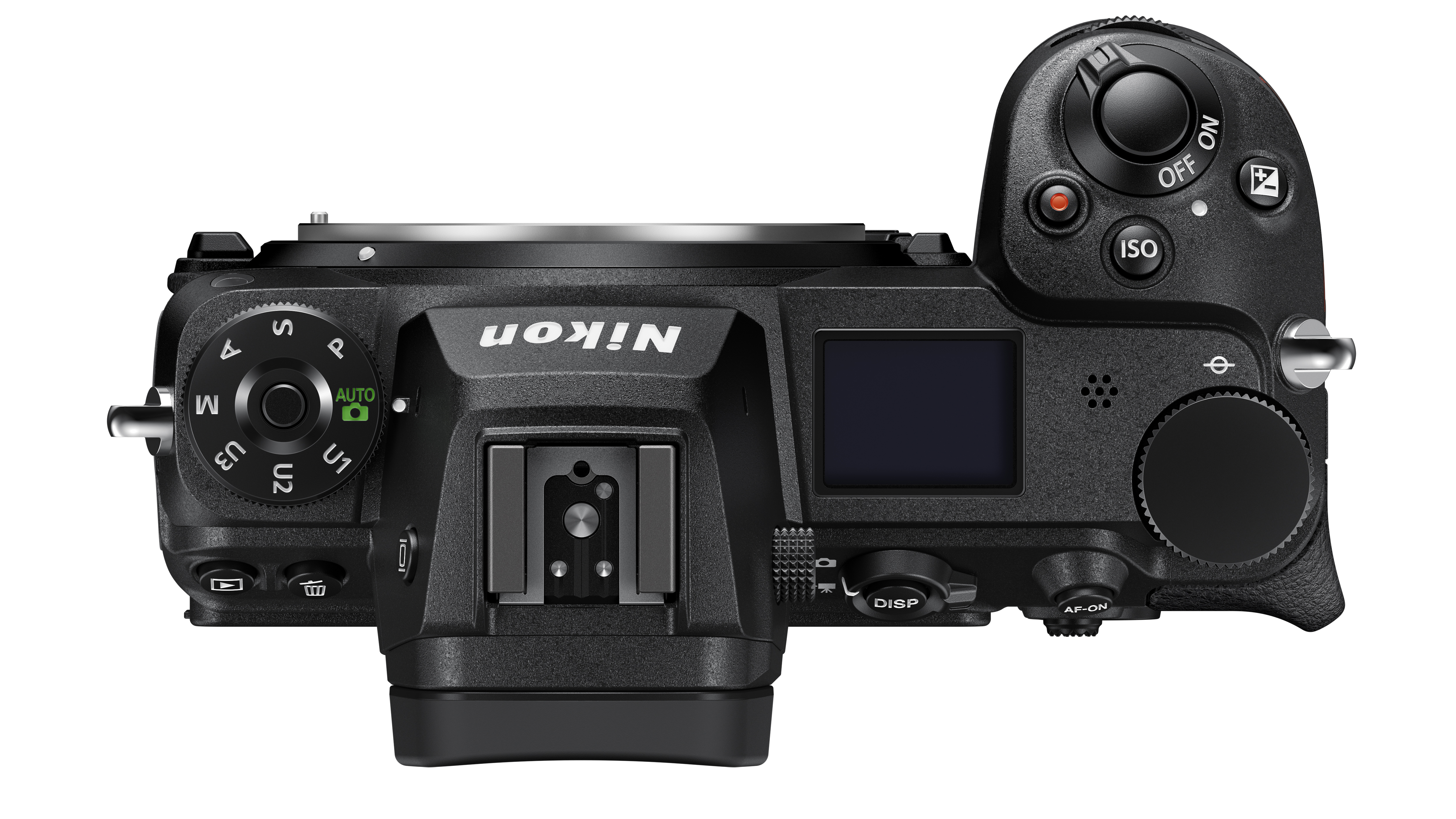
Nikon Z 6II Review: Performance
Although there are no surprises when it comes to image quality because the Z 6II uses the same sensor as its predecessor, the tweaks that have been made allow for those photos to be more easily captured than ever before.
Despite being roughly half the resolution of its sibling, images from the Z 6II are still nicely detailed and still give you some scope for creative cropping after you’ve taken the shot. Having fewer pixels also makes the Z6 II more adept at low-light shooting, with usable images all the way up to ISO 25600.
Colours are nice and vibrant in most conditions, while the automatic white balance setting gets the job right on-the-whole. Similarly, the all-purpose metering setting produces balanced exposures in all but very high contrast situations - at which point switching to spot-metering is a good choice.
Autofocusing benefits from the improvements that have been made, and if you’re photographing a fairly predictably moving subjects you generally get good results. For faster - or more erratic - subjects, the results are a little more mixed. On the whole, if you’re somebody who is primarily shooting sports and action, there are much better options out there - such as the Canon EOS R6 - but at this price point, it’s the Sony A7 III which you might want to look towards if moving subjects are a particular favourite.
Nikon Z 6II Review: Image Samples

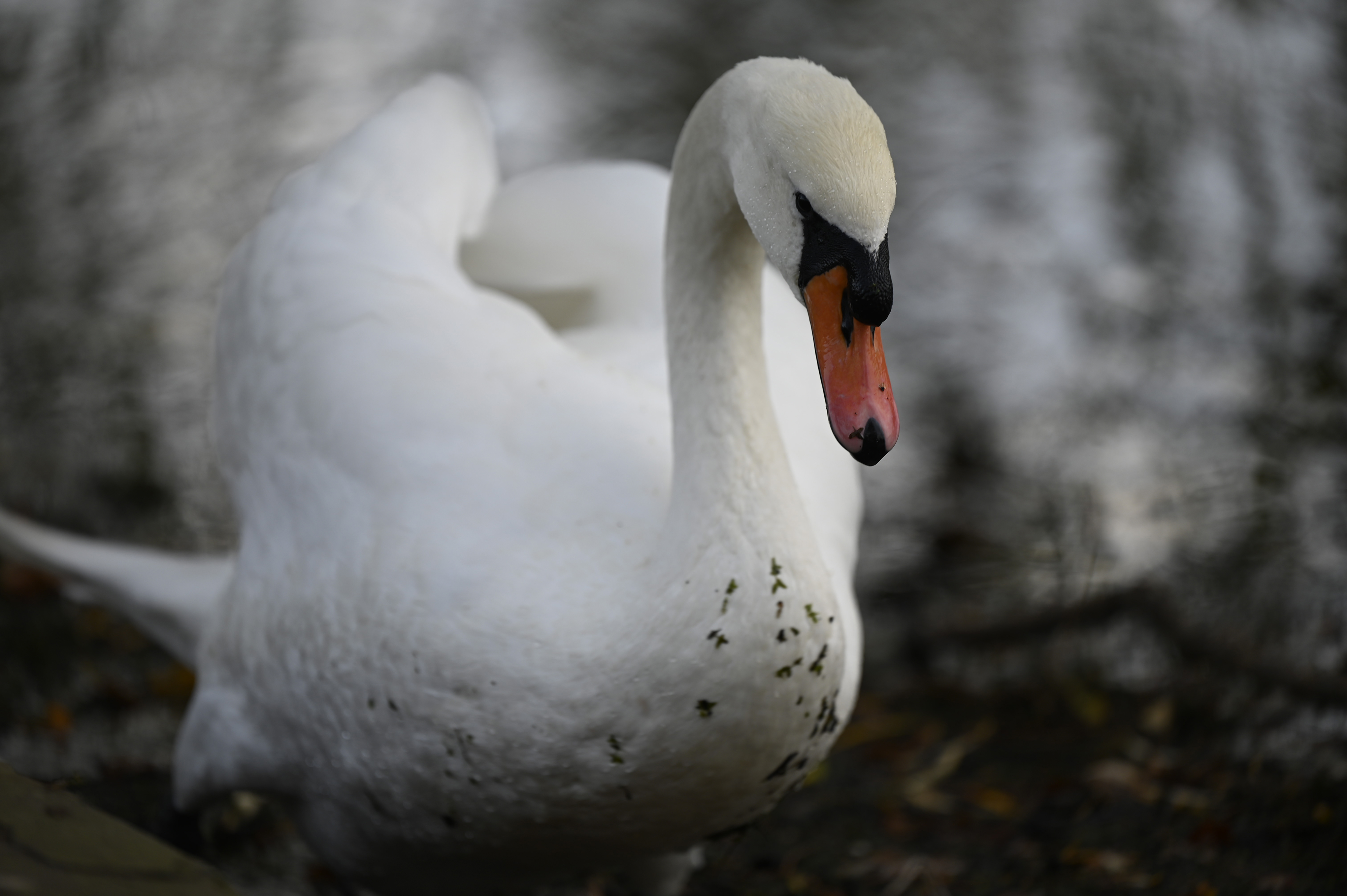
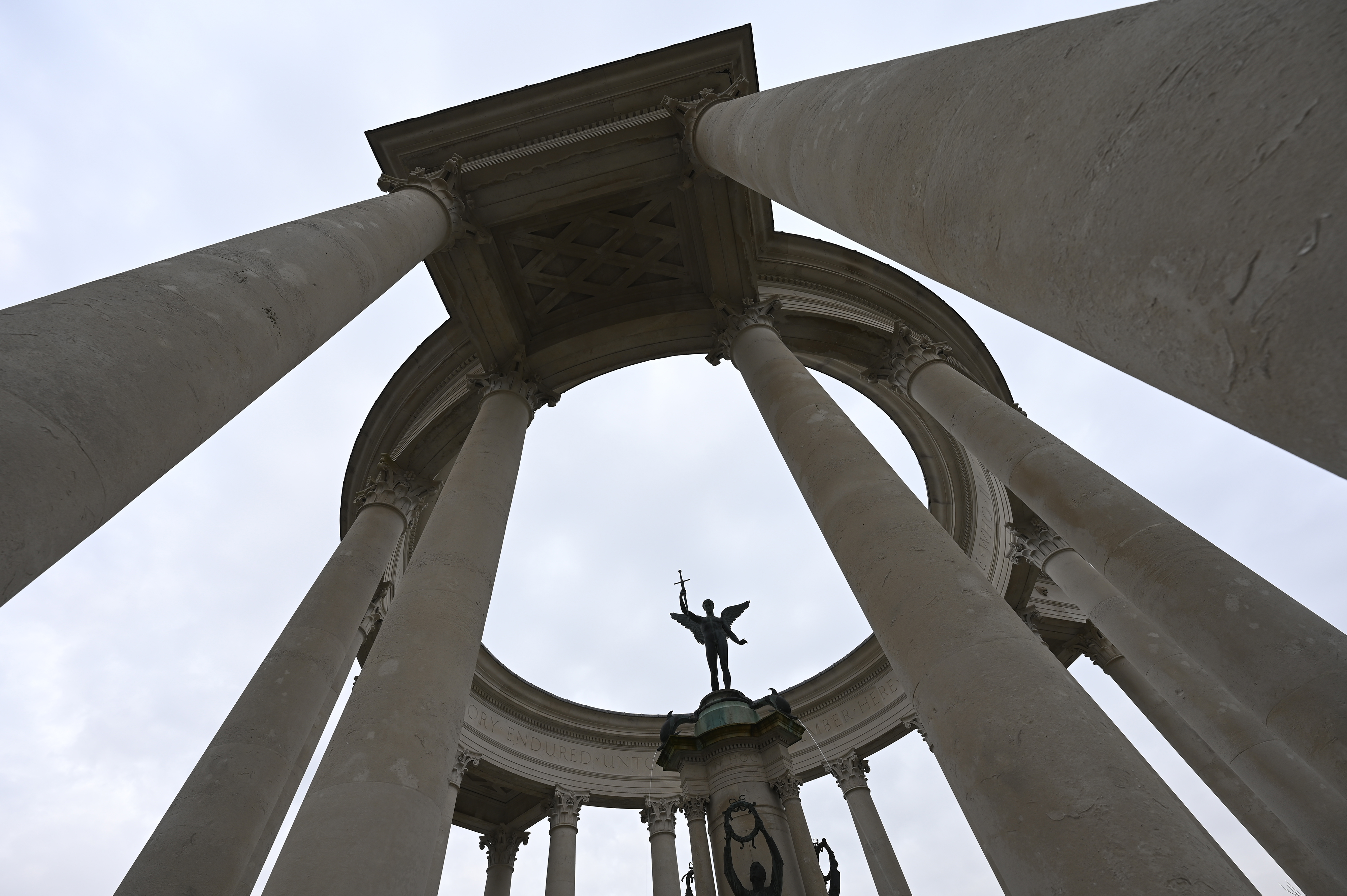

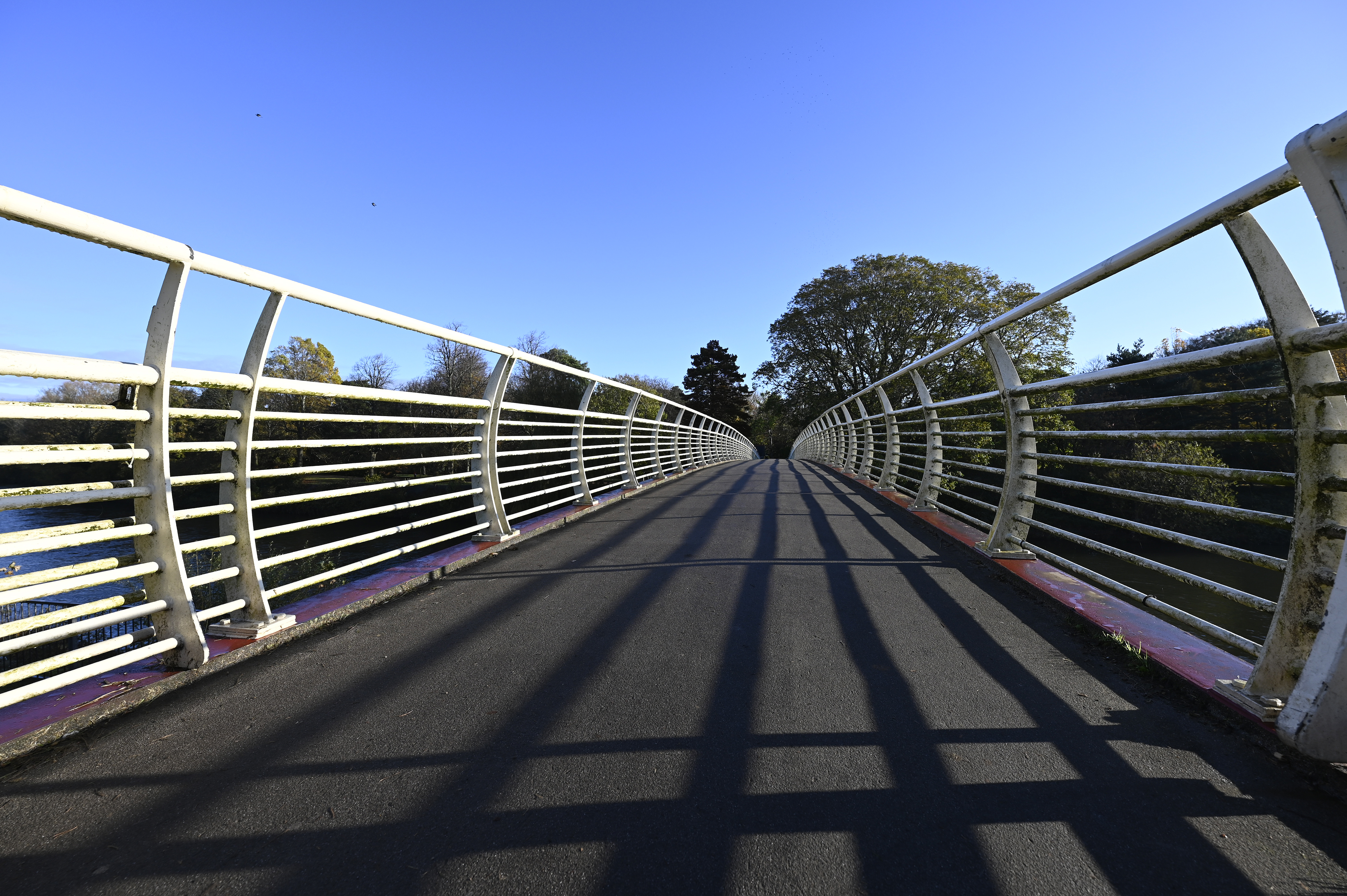
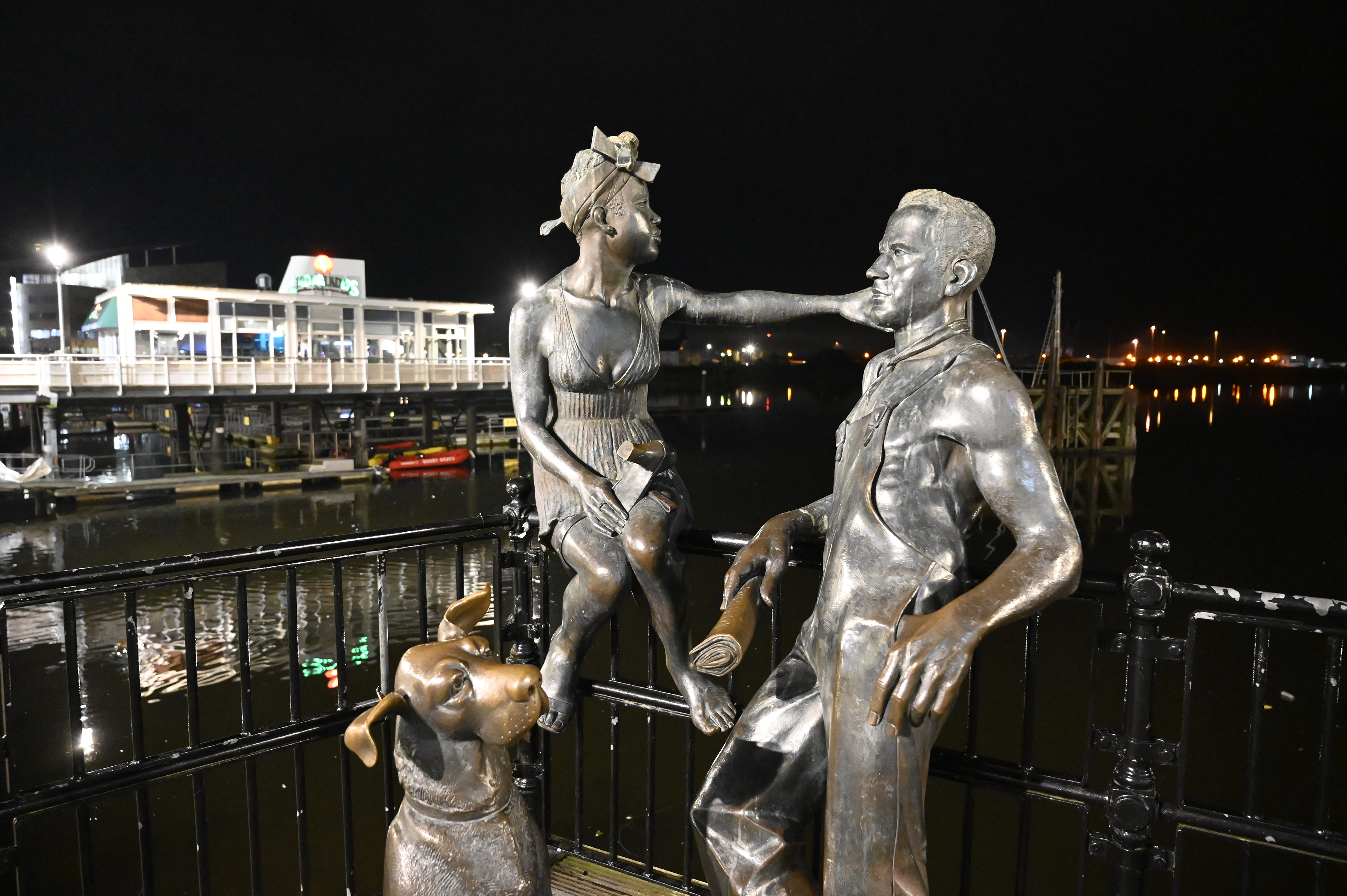

Nikon Z 6II Review: Verdict
With the updated iteration of its fantastic all-rounder camera, Nikon has made the Z 6II even more appealing than before by making some much-welcomed tweaks. If you’re looking for a camera which is suited to a wide range of different subjects, this could be the one for you - with the possible exception of those who have an interest in shooting fast-moving sports and action.
That said, Nikon has kept the original Z6 on sale, so there’s arguably an even better bargain to be had by plumping for the older model - perhaps putting the saving towards an additional lens and accessory for better flexibility.
This is a very capable camera, which sits within a system which is growing in range, and at the price point, there’s not many out there which offer a better experience, or results.
Liked this?
Sign up to the T3 newsletter for smarter living straight to your inbox
Get all the latest news, reviews, deals and buying guides on gorgeous tech, home and active products from the T3 experts
Amy Davies is a freelance journalist that covers cameras for T3 and many other sites. She is also Features Editor at Amateur Photographer magazine and, when she's not writing about cameras, she's probably taking pictures of her cute dog.
-
 Google Pixel Watch 3 just got a potentially life-saving update in the US
Google Pixel Watch 3 just got a potentially life-saving update in the USThe latest update brings advanced heart monitoring to American wrists
By Matt Kollat Published
-
 Polar’s new subscription feature lands in the shadow of Garmin’s Connect+ rollout
Polar’s new subscription feature lands in the shadow of Garmin’s Connect+ rolloutPR genius or timing disaster? Polar’s new Fitness Programme adds adaptive training to its ecosystem
By Matt Kollat Published
-
 New Orient Star watches offer a glimpse of the magic within
New Orient Star watches offer a glimpse of the magic withinThere are two new skeleton pieces
By Sam Cross Published